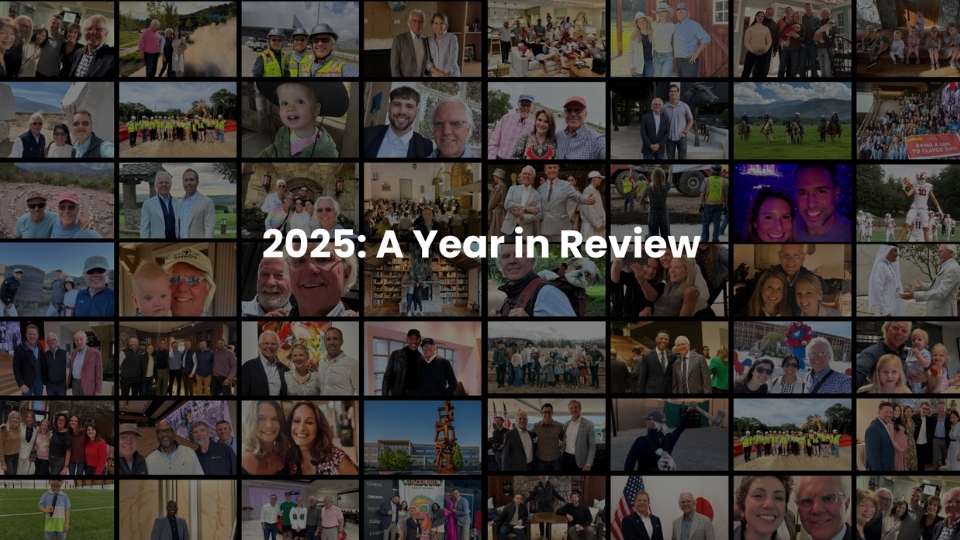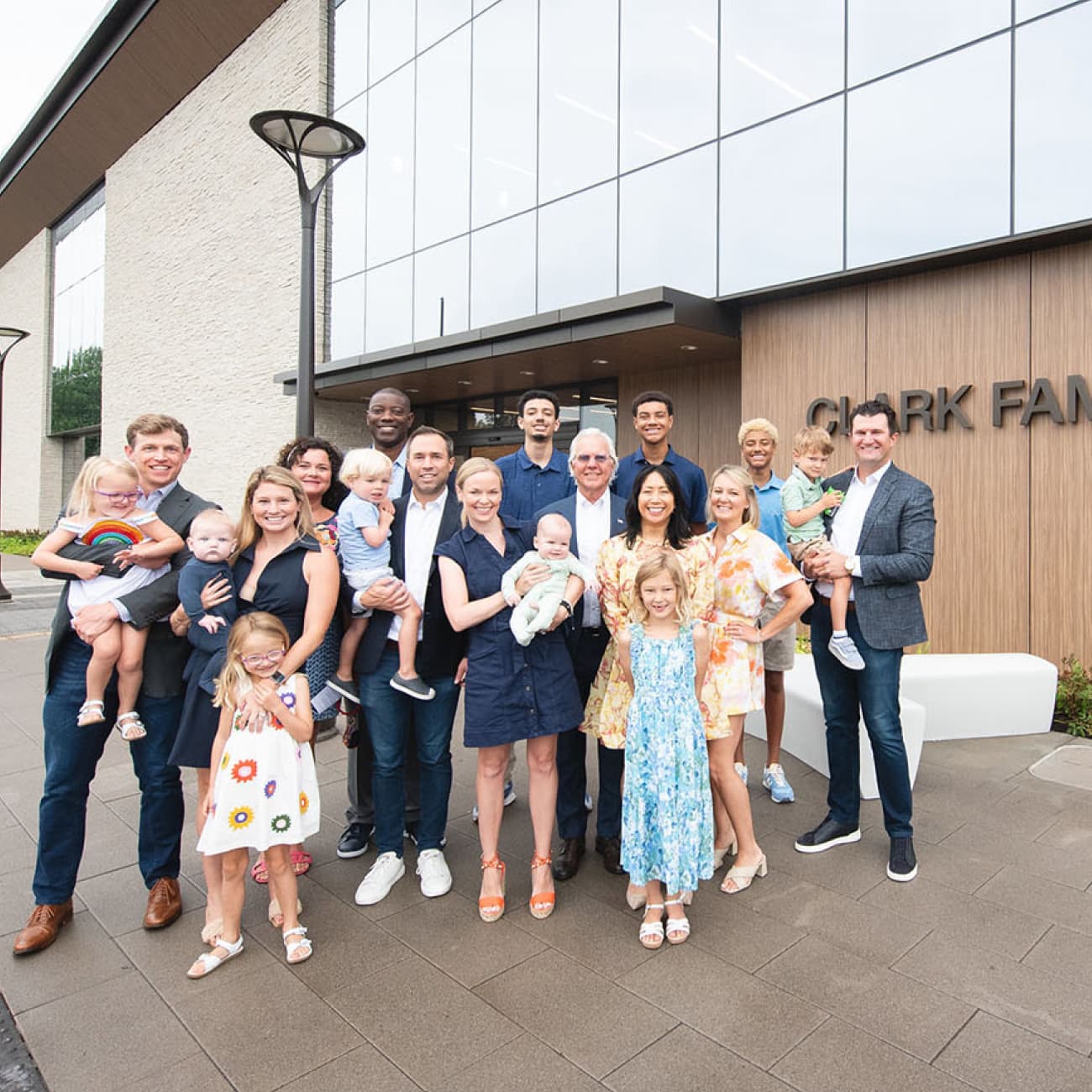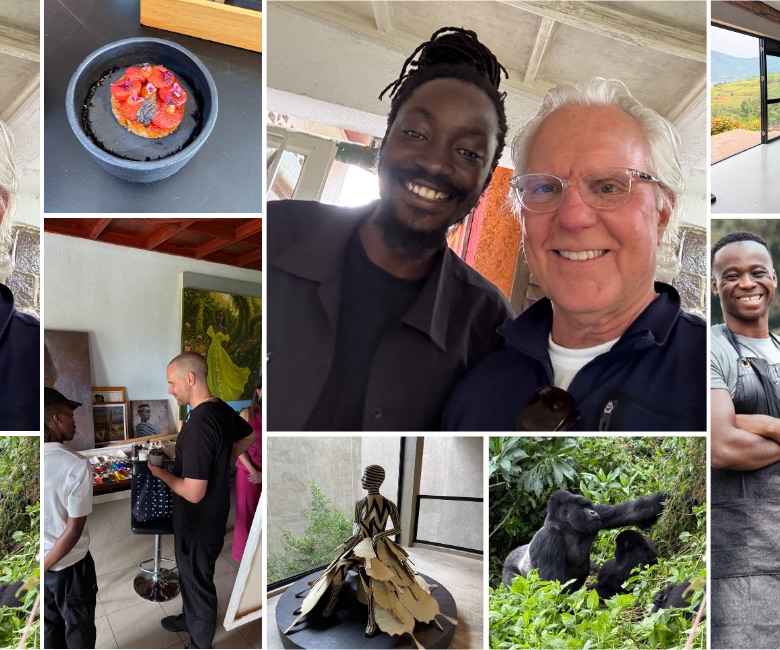
A reflective look at 2025 from Bob Clark: family, global travel, loss, leadership growth, AI progress, Clayco momentum, and a hopeful path into the new year.
%20(1).jpg)
The 657,000 SF Gary C. Werths Building at Siteman Cancer Center serves 200,000 patients annually. Discover how Bob Clark Beyond principles shaped this LEED Gold healthcare facility.

Bob Clark reflects on the real impact of the Clark Family Branch—a space built for belonging, learning, and community.

Rwanda travel and culture captured through its creative economy, business environment, and everyday life, highlighting innovation, leadership, contemporary African art, culinary excellence, and sustainable growth alongside mountain gorilla trekking.